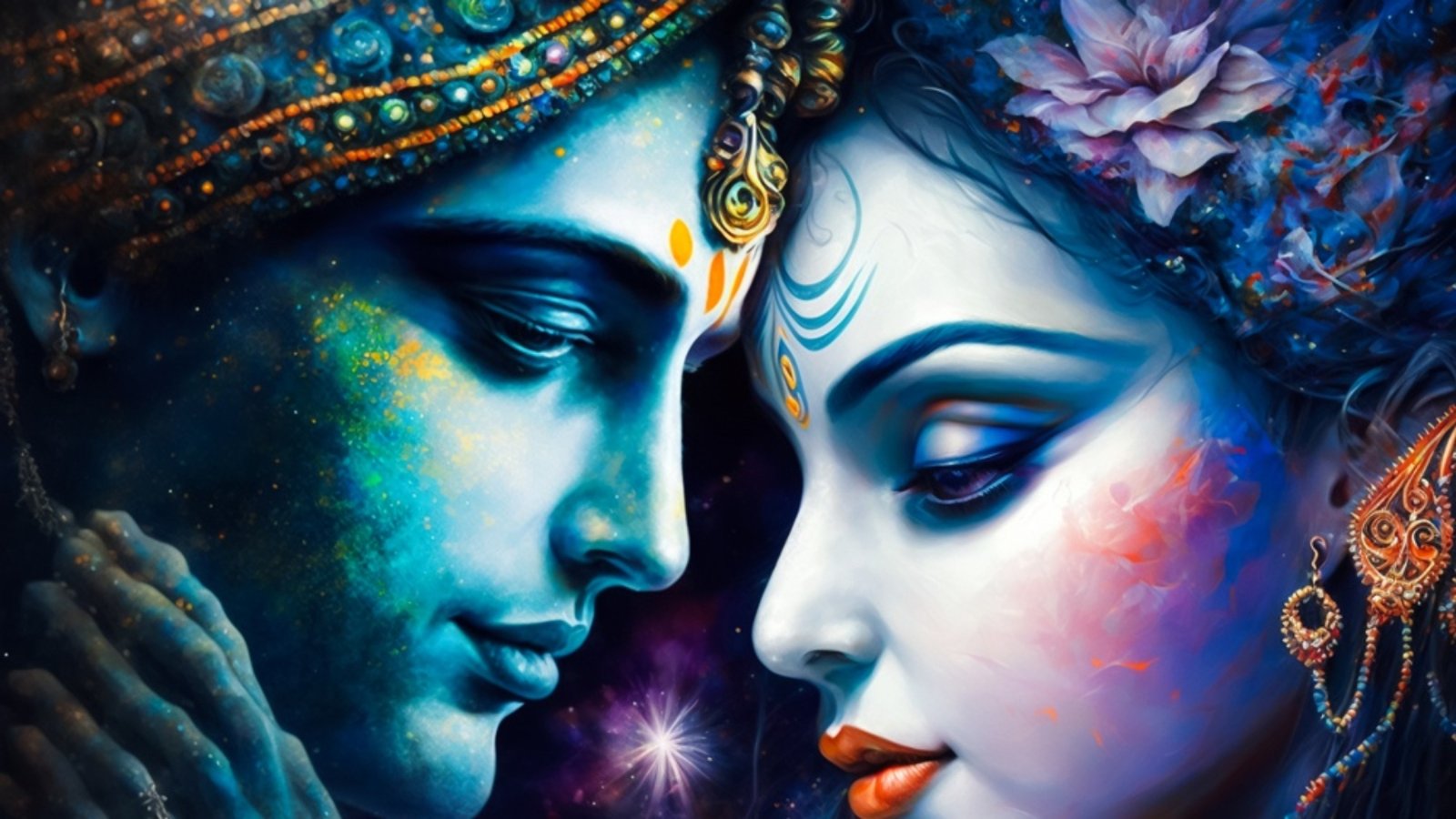“Is a diamond less valuable because it is covered in mud?” – Yogananda
This Great spiritual Master explains to us in a simple way what the practice of yoga means: to remove the mud, so we can reflect with totality the pure crystalline diamond what we are in the essence… Through the meditative practices and lifestyle in yoga we can realize that we are a wave in the Infinite cosmic Sea. We do it “just” by removing the veil of ignorance and thus revealing the Divine within us.
To enter into total connection and self-realization, remembering “Who we are” we need a spiritual practice…. It is important to clarify that those who want to remain in the illusion or Cosmic dream of “Maya” do not need yoga practices or meditations… But, those who want to awaken from this “Matrix”; yes, they need it. This statement has nothing to do with belief and I don’t say this “lightly”… But, it is simply scientific: just as there is a need for study and practice to become an excellent musician; there are technologies for this special purpose of realizing the Divine Self within us.
It is certainly also true that, in essence, we are all perfect and children of the Divine Self; the “only” thing we need to do is to remove the subconscious garbage and remind ourselves of this Truth. But to remind us (and Patanjali, the great codifier of yoga, uses exactly this term: “smirit”, the memory of the Self); there are energetic psychophysical exercises that were channeled thousands of years ago by the Rishis, great enlightened sages, and which today we know as “yoga“. These practices, scientifically, keep the body/mind healthy and lead us to immerse ourselves in the Self. Ps: It is important to note that there are also practices of other cultures and traditions that are not called “yoga” but which in the deepest meaning, these also lead us to “yoga” or, internally realizing the union in one’s Divine Self.
Without spiritual practices, this Self remains obscured by the mind and external distractions, like a diamond 💎 in the mud. We must therefore remove the mud: this is the work of yoga practice 🧘
To complement and help in the process of spiritual awakening, beyond the practices, it is also indicated to harmonize with internal and external nature; practicing non-violence and compassion…: even a simple conscious walk in nature can support our Divine purpose; the observation or creation of a significant painting or art; the look of a small child; sincere affection; a swim in the sea or in a waterfall; immersing yourself in the forest🌳 or in the ocean or breathing from the top of a mountain, taking care of plants and animals, listening to and/or creating inspiring music, reading and writing a profound book of poetry, contemplating a sunset and a dawn: all this can complete our connection in the Self’.
At the same time, let’s also remember that there may be people who live in nature but who are disconnected and others, in big cities, who are more aware and awake…
In other words: nothing replaces meditation practice…
“Banat, banat, banat Banjai” – “Practice, practice, practice and one day it will be done…” , says Lahiri Mahasaya…
It is true that we must not even be dissatisfied with who we are: it is important, while we are on the path, to develop unconditional love for everyone, including ourselves and to accept ourselves as we are… However, this does not mean doing it indulgently ; it doesn’t mean that Divine self-realization doesn’t need any internal work to be done…
Self-realization (in Yoga) is an art and a balance: between self-acceptance, letting go; together with a meticulous and profound investigation; so we can transform ourselves and enter into true knowledge of the soul through deep and superconscious meditation (or turyia): observing the small wave of the small self in the immense Ocean that We Are.
With Love, prema
Raquel Bhavani





